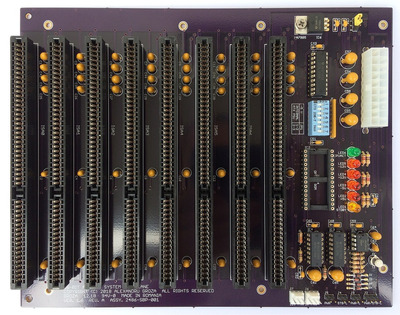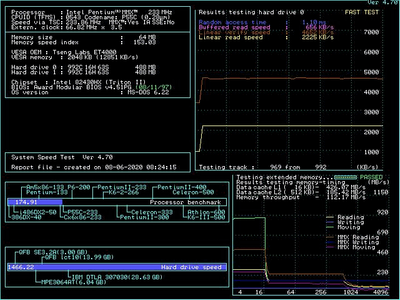First post, by ALEKS
- Rank
- Newbie
Hi,
I've been working on a DIY ISA I/O Interface for some time.
I'm not sure whether this project presents any interest but I thought about sharing my work with other retrocomputing fellows out there.
These were my initial constraints for this design:
* One Floppy Disk Drive Controller with two channels (Floppy A, Floppy B)
* Two IDE Interfaces with two channels each (primary master-slave, secondary master-slave)
* Two Serial Port Controllers (COM1 / COM3, COM2 / COM4)
* One Parallel Port Controller (LPT1)
* Two Option ROM for the ROM BIOS IDE software configuration program
* Individual hardware configuration switches and jumpers for all functions
* Minimal Glue Logic
* ISA-board class construction
The ROM BIOS is still under development. It is about halfway through already but I still need to finish the drive addressing via new INT 13h services.
But anyway, the controller works without my own ROM BIOS, if the PC BIOS supports disabling of the integrated IDE controller(s) and allows definition of 4 drives in Standard CMOS Setup.
At the moment I am also using the standard PC BIOS to access the 4 compact-flash cards that I attached to the 2 IDE interfaces.
The other peripherals are detected by the BIOS, since I used common IRQ, DMA, and I/O addressing.
I/O Interface requires a 16-bit ISA slot. I did not design it with 8-bit compatibility in mind.

A.
TX486DLC / 40 MHz | 32 Mb RAM | 16-bit ISA Backplane | Tseng Labs ET4000/W32i 2 Mb | I/O Interface | Audio Interface | PC Speaker Driver | Signal View Interface
3.5" & 5.25" FDD | 4 x 512 Mb CF | HP 82341D Interface | Intel EtherExpress 16

